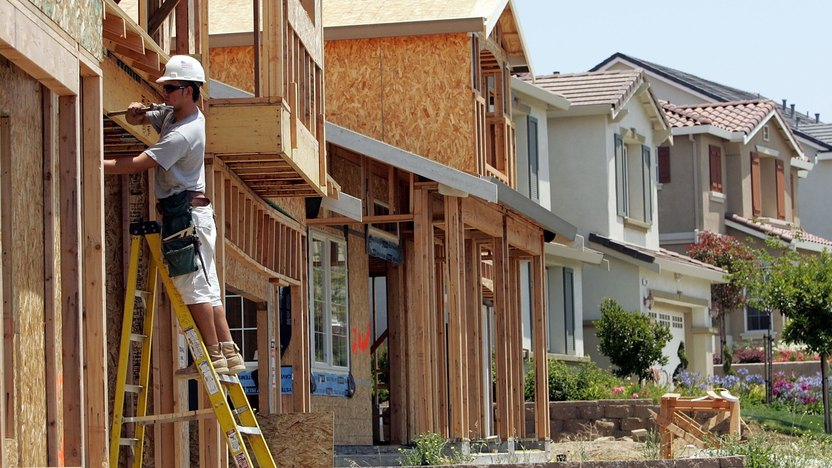

If you were trying to really solve the problem of our housing crisis (and it looks like no politicians are seriously trying), you might start by asking how the cost of building a home in Australia rose by a mammoth $100,000 in four years. While Covid has been a contributor to this big surge in building costs, there are other contributing factors and local councils, along with the ‘caring and sharing’ world we now live in, can’t be left out of the blame game.
What you need to know to understand the great concern about these numbers was revealed by Millie Muroi writing in the SMH: “The national average construction cost for a home – including houses, townhouses and apartments – rose from $345,410 to $443,828 between 2019-20 and 2023-24, according to Australian Bureau of Statistics data published last week,” she reported. “Costs surged across all states during the period, rising by 25.5% in Victoria and 30.2% in NSW.
However, the biggest rise happened in Queensland, with a 44% rise!
So, who or what’s to blame?
Here are the usual suspects, outlined by Muroi and others in the industry:
1. Pandemic lockdowns made homes more attractive to own.
2. The related work-from-home trend made them even more valuable.
3. Record low interest rates to kill the Covid-created recession.
4. Government grants such as Homebuilder.
5. Covid-linked supply problems, especially from overseas, drove up costs.
On this latter point, Tim Reardon, chief economist at the Housing Industry Association, points out that timber prices have fallen 20% over the past year because global supply has improved. However, energy-intensive products such as aluminium, glass and cement have continued to rise.
This points to government-created cost rises linked to the trend towards more expensive power bills for business as we play ball with global environmental goals.
Construction costs driven by supply problems have been a big contributor to inflation and now we have demands to renovate adding to the price surge.
In the year June 2020, there were 56,000 Australian homes under construction but in 2023 it rose to 104,315, which was a 48% spike. Building times have gone from six months and three weeks to nine months and four weeks, the ABS pointed out.
The industry explains that there are labour shortages as well, which slows up a project. And if a renovation has a builder, often there’s a project manager on site that’s costed for. And if the housing world has added about 13 weeks to a build, then this could mean $26,000 added to the cost of a new home or big renovation.
But wait, there’s more in this blame game. Try these:
1. The industry suppliers or price-setters who raise prices when costs rise but don’t cut when costs fall.
2. Ridiculous councils with excessive costs associated with trying to renovate a home.
3. The NIMBY or “not in my backyard” resident, who wants their worlds to remain unchanged and un-shared.
4. The demands of the green world we live in now that’s banning gas stoves and heating.
Victoria banned gas connections so from January this year, electric will be the way to go. Do you reckon electric stoves got dearer this year?
There’s not much we can do about the costs of supplies to the industry, the greediness of those setting prices and the new era of green demands that are adding to costs, but state politicians could review the madness that prevails in local councils when it comes to building.
The delays and the associated costs of complying with council demands and the demands of unreasonable residents need to be looked at by courageous rational politicians, if there are any out there. If this doesn’t happen, homes will be increasingly unaffordable.
Industry experts say the government-cost-imposition can be as high as 30% on a new home. If home ownership is important to Australians, someone in politics has to change that.